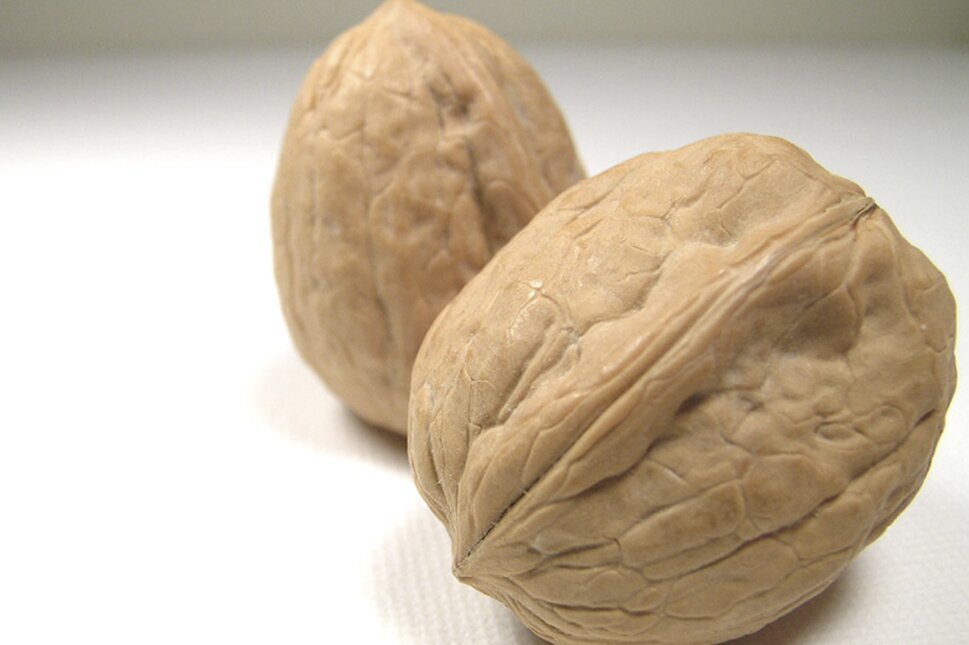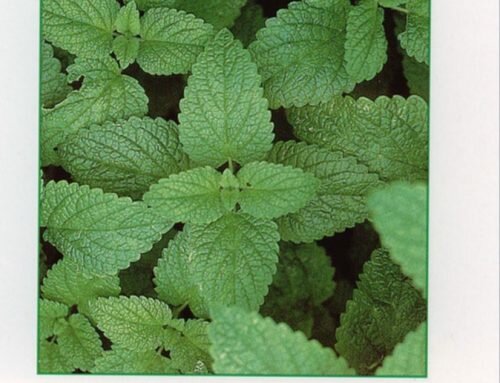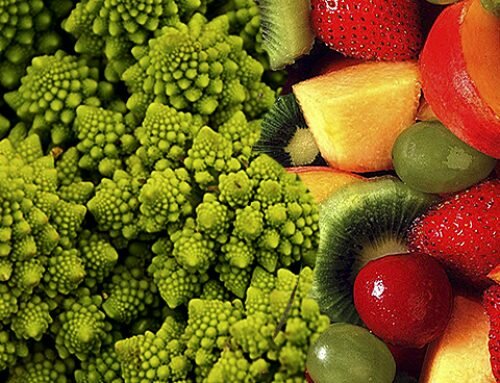The common walnut or Juglans regia, is a regal tree, with huge trunk, solid and straight, that can exceed 10 meters in height. The root is taproot, while the leaves are deciduous, composed and mixed. It ‘also known as “white walnut”, and produces both male and female flowers. The characteristic fruit is a drupe, formed by a fleshy husk, first green then black in ripe fruit, and by a woody endocarp, or the nut itself. The geographic origins of the town are the Walnut Himalayan foothills, the plant was later introduced to Europe for its edible fruit.
The term “Juglans” would come from two Latin words “Jovis” and “Glanda “which literally translates as” acorn of Jupiter “; In fact, the Romans had consecrated the Walnut Tree to Jupiter for its good fruits and nutrients. An old proverb says, however, about the Walnut: Walnut is so called because it harms, “that its shadow is remarkable to others arbours “(De Crescenzi), to emphasize the fact that under a walnut tree the vegetation is always very scarce. This is due to the presence, among the active principles of the walnut, the Juglone, which is in the husk of the nut, but also in the leaves, bark and roots: it is an agent phytotoxic agent, and it kills and wards off other plants .
The Greeks called the walnut “Karya basilica”, or “royal nut”, as it believed that it had been brought by the Persian kings. The Greek name of Walnut reminds us of a famous myth of Dionysus, guest Dione king of Laconia, who fell in love with Karya, youngest daughter of the sovereign.
The older sisters, jealousy, warned the father; Dionysus, after being warned several times furious, making her mad and turning them into rocks. Karya, for great sadness, died shortly after, and the god who had so desired transformed her into a walnut tree with fruitful results. Artemis announced to Laconi death of the Carian Princess, and they erected a temple in honour of the goddess, which were carved into the columns in female form walnut: the caryatids. The binding of Walnut with female deities also handed down in medieval times, as evidenced by the legend of Benevento Walnut. In fact it is said that on the night of St. John the witches, led by the Roman goddess Diana, swarmed in heaven to go to the great Sabbath, which was held under a large walnut millennial near Benevento.
The active principles contained in the leaves are many and varied. We of naphthoquinones, juglone, which is located in the husk of the nut, but also in the leaves, bark and roots, with antifungal action and against intestinal parasites, as well as antiviral, particularly against herpes viruses, alpha and beta lawsone, tannins, which account for about 10% of total active ingredients with a ‘distinctly anti-bacterial action, oleoresins with anti-inflammatory action, gallic acid and ellagic acid, which have an astringent and antibacterial, ferulic acid, a substance with strong antioxidant properties, flavonoids, phenolic compounds with cholesterol-lowering properties, active polysaccharides on the immune system, minerals, vitamin C and carotenoids.
The nut has an interesting immunomodulatory action: it effectively balances the intestinal immune response, managing the proper allocation of symbionts in the various sectors of the organism. The gut immune system is responsible for the protection against pathogens, and the prevention of the penetration of immunogens components, thus performing a function of barrier and anti-infectious, as well as the induction of systemic immunity not responsiveness to food antigens, giving rise to the so called “oral mucosal tolerance”. The Walnut helps and assists the immune intestinal system balancing the intestinal mucosal barrier defences, acting as a selector of the intestinal microbiota; It is therefore indicated in all forms of dysbiosis and food intolerance. The Walnut also exerts an immunostimulant generally nonspecific, enhancing the activity of Kupffer cells. The flavonoids and polysaccharides contained in the leaves of Juglans regia seem to be the active ingredients responsible for this adjuvant of the immune system activity. The nut has astringent, antiseptic, fungicide, healing and anti-inflammatory properties, and is mainly in the skin and intestine that develops its action: it is an excellent astringent, thanks to the important presence of tannins, particularly useful in diarrhoea after antibiotic treatment, accompanied by meteorism, but also acts as a regulator of peristalsis in hypokinetic forms. It has an excellent antimicrobial power, which exerts both on Gram + bacteria Gram; also it has antifungal activity. It is useful in the forms of moist dermatitis, with suppuration, especially if characterized by superinfection bacterial and / or fungal because of scratching, and also in acne and in the “sine materia” pruritus, as in the forms of atopic dermatitis, for the effect anti-inflammatory and sebum regulator. Finally, it is useful in the forms of pancreatic insufficiency, chronic pancreatitis, hyperglycaemia, thanks to the massively organotropism pancreatic.





